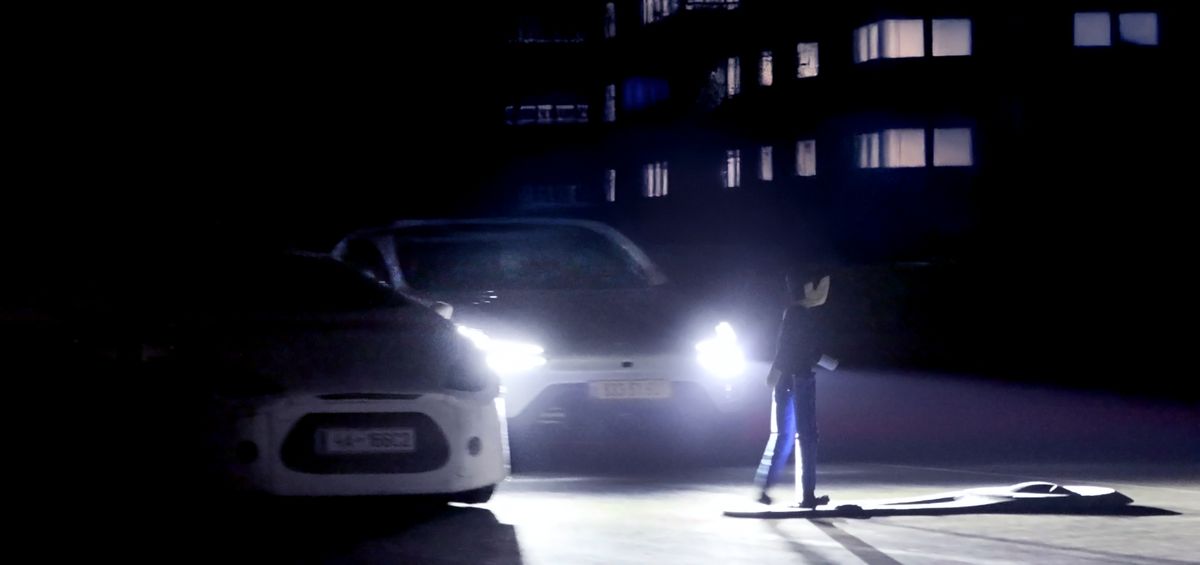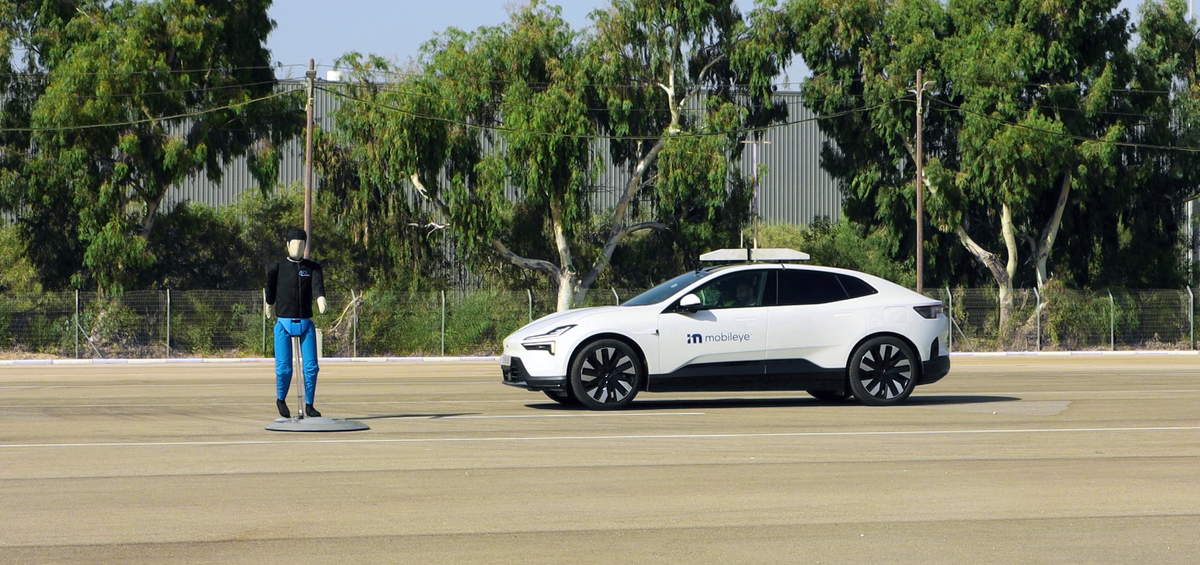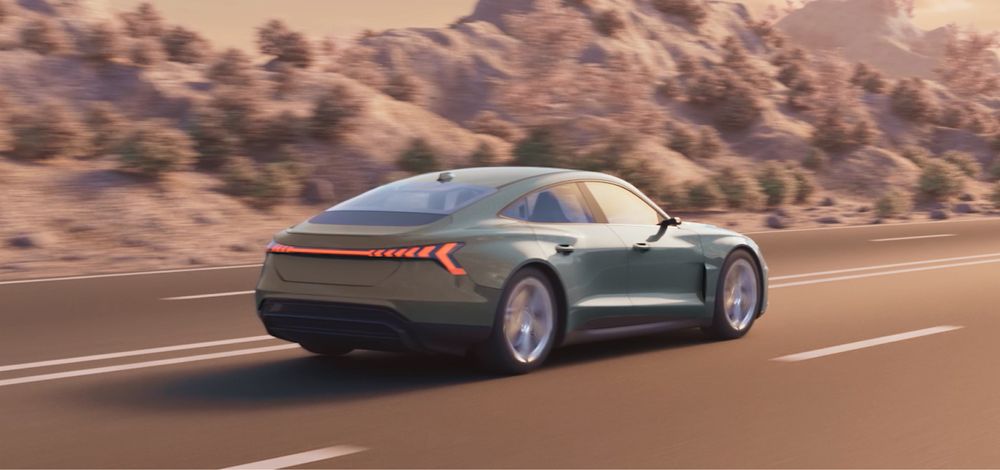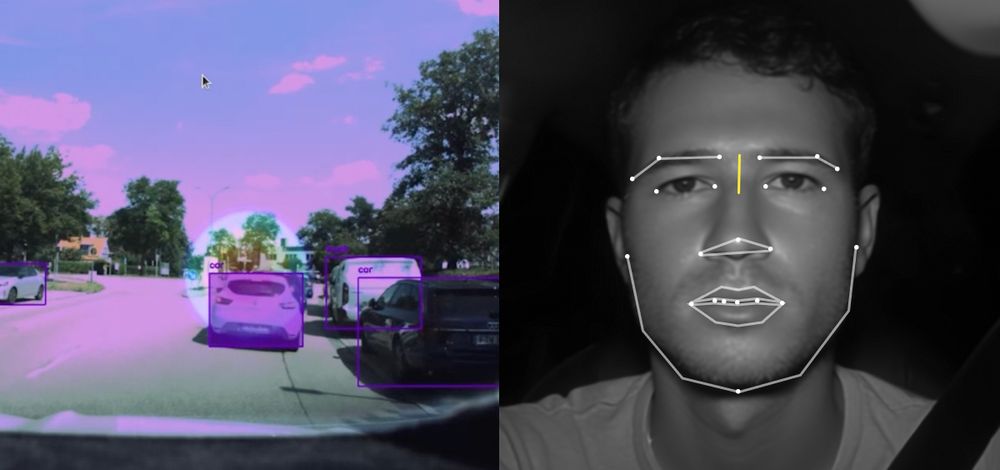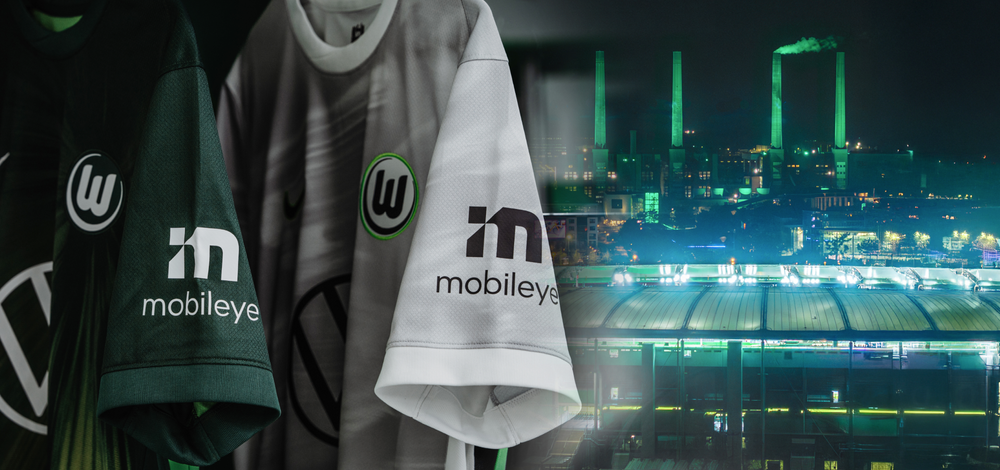blog
|
October 09, 2025
What is FMVSS 127 and how can Mobileye help automakers comply?
Increasing safety for road users remains a priority for regulators worldwide. Mobileye provides automakers with a simpler and more cost-effective solution for these changes.
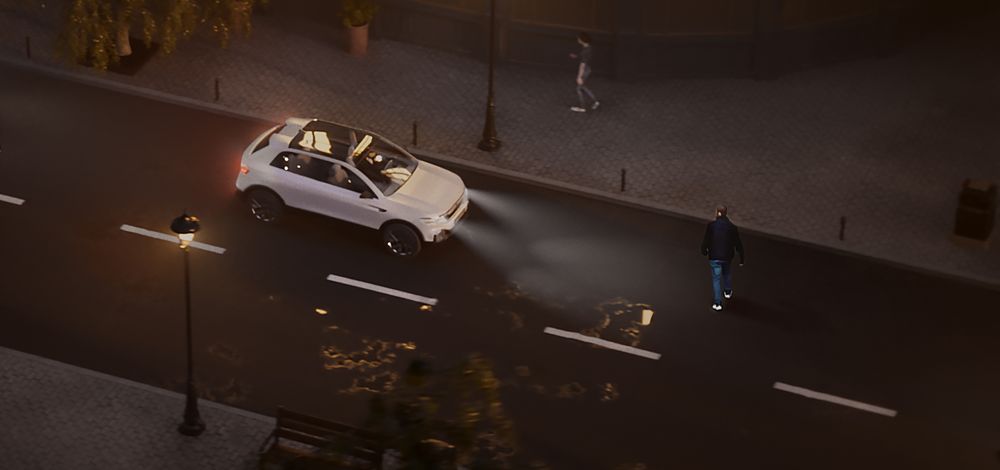
AI generated image
The long-standing goal of making our roads safer is still very much in motion. The U.S. National Highway Traffic Safety Administration (NHTSA) updated regulation for AEB systems in passenger cars is a clear sign that regulatory bodies are working hard to reduce accidents and fatalities, making future vehicles better at detecting and avoiding collisions with vehicles and pedestrians alike.
But implementing the necessary safety features commercially and at scale is a process that often involves high costs, major oversight, complex technologies, and rigorous testing. Mobileye's EyeQ™ -powered, camera-only solution supports automakers in addressing new standards efficiently, without additional hardware, while reducing costs and simplifying integration.
Mobileye AEB in action: detecting a pedestrian emerging from behind an obstruction and initiating braking at night
What is FMVSS 127 and why is it needed?
FMVSS No. 127 (Federal Motor Vehicle Safety Standard) is a new regulation from NHTSA mandating all passenger cars and light trucks to be equipped with automatic emergency braking (AEB), including pedestrian AEB (PAEB).
The new standard is currently set for all cars to be able to stop and avoid contact with a vehicle in front of them at up to 62 miles per hour and that the systems must detect pedestrians in both daylight and night-time conditions. In addition, the standard requires that the system applies the brakes automatically up to 90 mph (145 km/h) when a collision with a lead vehicle is imminent, and up to 45 mph (73 km/h) when a pedestrian is detected. It is expected to significantly improve road safety for both drivers and pedestrians. NHTSA projects that it will save at least 360 lives a year and prevent at least 24,000 injuries annually.
A simple vision-only solution
Under the current FMVSS 127 language, AEB systems must prevent the vehicle from colliding with lead vehicles and pedestrian test devices when evaluated in the standard’s test procedures.
The car should avoid collisions in a range of defined test scenarios, across a wide set of conditions and lighting environments, with timely braking response and consistent performance at highway speeds. Mobileye offers a cost-effective vision-only solution that is fully camera-based, with no need for radar or lidar. With fewer hardware components, automakers can lower system cost and engineering complexity, while still designed to meet the regulation’s high performance standards using Mobileye’s single System-on-Chip (SoC) solution.
This is achieved with the support of the Mobileye EyeQ™6L SoC equipped with our proprietary AI models that have been trained on large volumes of real-world driving data. This allows automakers to integrate Mobileye’s SoC with a front-facing camera, equipped with a core safety feature that is designed to support alignment with regulatory needs without requiring major re-homologation or an additional validation processes.
Mobileye AEB in action: detecting a pedestrian and helping avoid a collision
Real-world data for regulatory testing
Mobileye driver-assist has been integrated into hundreds of vehicle models on the road today, making up our extensive data set that extends across roads, continents, and driving conditions.
Using real-life data amounting to roughly 200,000 hours of driving and covering over 11 million kilometers, AEB responses were rigorously analyzed across a wide range of scenarios in cities and towns across the United States, Europe, and Asia, as well as under various lighting conditions including daylight, dawn, dusk, twilight, and nighttime. The validation process yielded positive results overall, with both very low false negative and false positive activation.
Leaner production means easier compliance
The Mobileye EyeQ is a SoC designed as a cost-effective, mass-market ADAS solution, with an architecture optimized for front-facing camera sensors equipped with core safety features. Automakers can integrate Mobileye’s SoC to support compliance efforts effectively, while keeping options open for future driver-assist additions down the line, thanks to its modular, future-ready design. This allows for flexibility for sensor upgrades, and advanced features, all centralized in a single chip, powered by a robust AI system.
Mobileye consistently creates systems designed to comply with regulatory demands and standards. For example, Mobileye pioneered a vision-only Intelligent Speed Assist (ISA) solution, helping automakers meet new European Union (EU) General Safety Regulation (GSR) mandates cost-effectively. It was developed for the EyeQ platform and certified for use in all 27 EU countries. The solution allows OEMs whose vehicles already include the Mobileye EyeQ4 and EyeQ6 chip to comply with the regulation simply by updating the existing software, with no need for additional hardware.
A combination of advanced technology, real-world validation, and close collaboration with many automakers is what makes Mobileye the right choice for FMVSS 127. With a vision-only system, a powerful and scalable SoC, and years of experience bringing ADAS to the road, Mobileye offers a straightforward and future-ready way to support automakers in their efforts of aligning with FMVSS 127. By lowering system complexity, cutting hardware costs, and enabling updates through software, Mobileye provides automakers technologies that can help meet current requirements and be adaptable for what comes next.
*Performance and availability are subject to multiple factors, including product specifications, operational design domain (ODD), and environmental conditions.
Share article
Press Contacts
Contact our PR team

